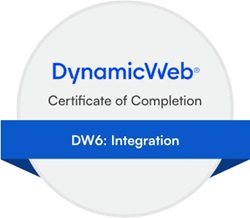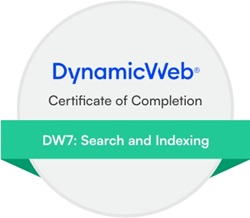Hi,
In the three master templates in Swift, there is a variable by the name allowTracking which determines whether GTM will be loaded based on the CookieManager. As I understand it GTM should be loaded when cookies are denied, so can this be changed? If e.g. a project is supposed to use Cookiebot rather than DW's CookieManager and Cookiebot should be loaded through the GTM container, this approach will not work, as GTM will never be loaded if the CookieManager is disabled.
bool allowTracking = cookieOptInLevel == CookieOptInLevel.All || (cookieOptInLevel == CookieOptInLevel.Functional && CookieManager.GetCookieOptInCategories().Contains("Statistical")); ... @* Google tag manager *@ @if (!string.IsNullOrWhiteSpace(googleTagManagerID) && allowTracking) { <script> (function(w,d,s,l,i){w[l]=w[l]||[];w[l].push({'gtm.start': new Date().getTime(),event:'gtm.js'});var f=d.getElementsByTagName(s)[0], j=d.createElement(s),dl=l!='dataLayer'?'&l='+l:'';j.async=true;j.src= 'https://www.googletagmanager.com/gtm.js?id='+i+dl;f.parentNode.insertBefore(j,f); })(window, document, 'script', 'dataLayer', '@(googleTagManagerID)'); function gtag() { dataLayer.push(arguments); } </script> }













